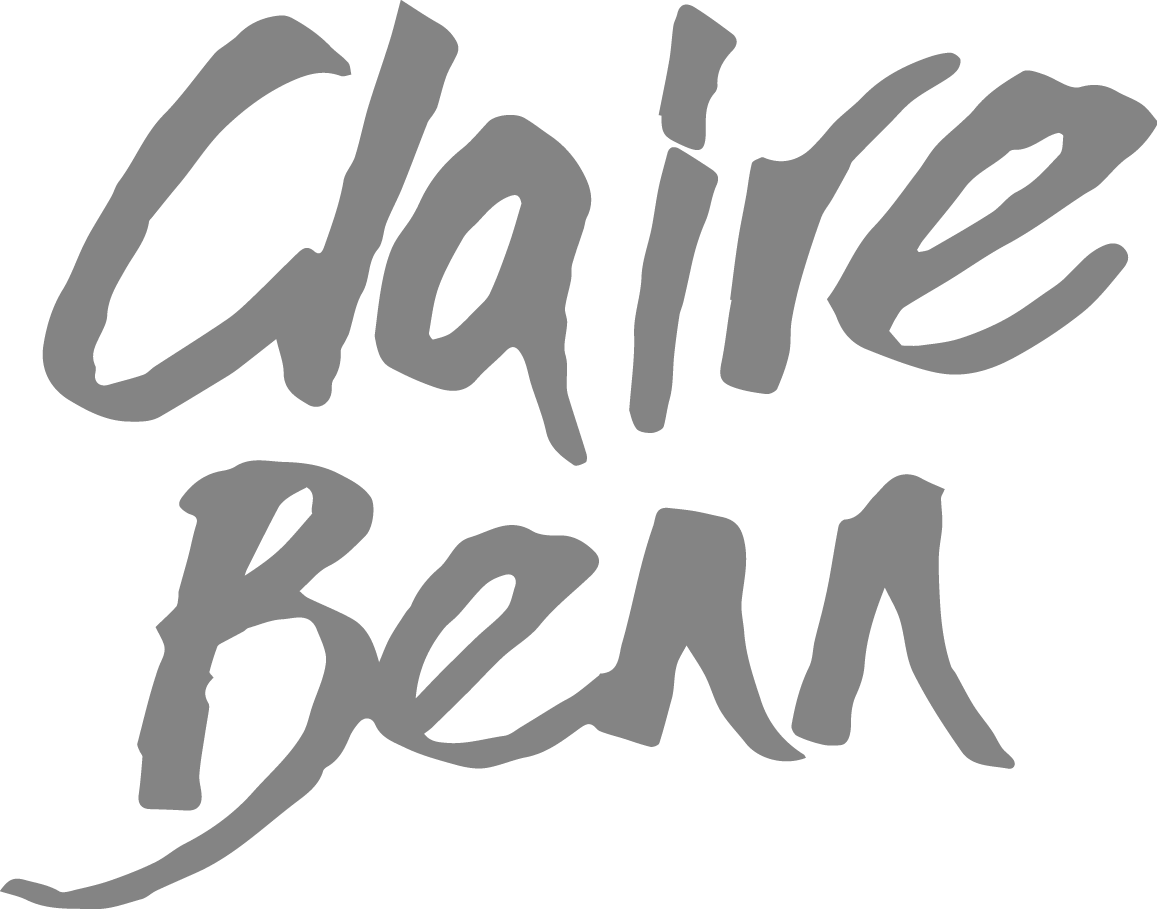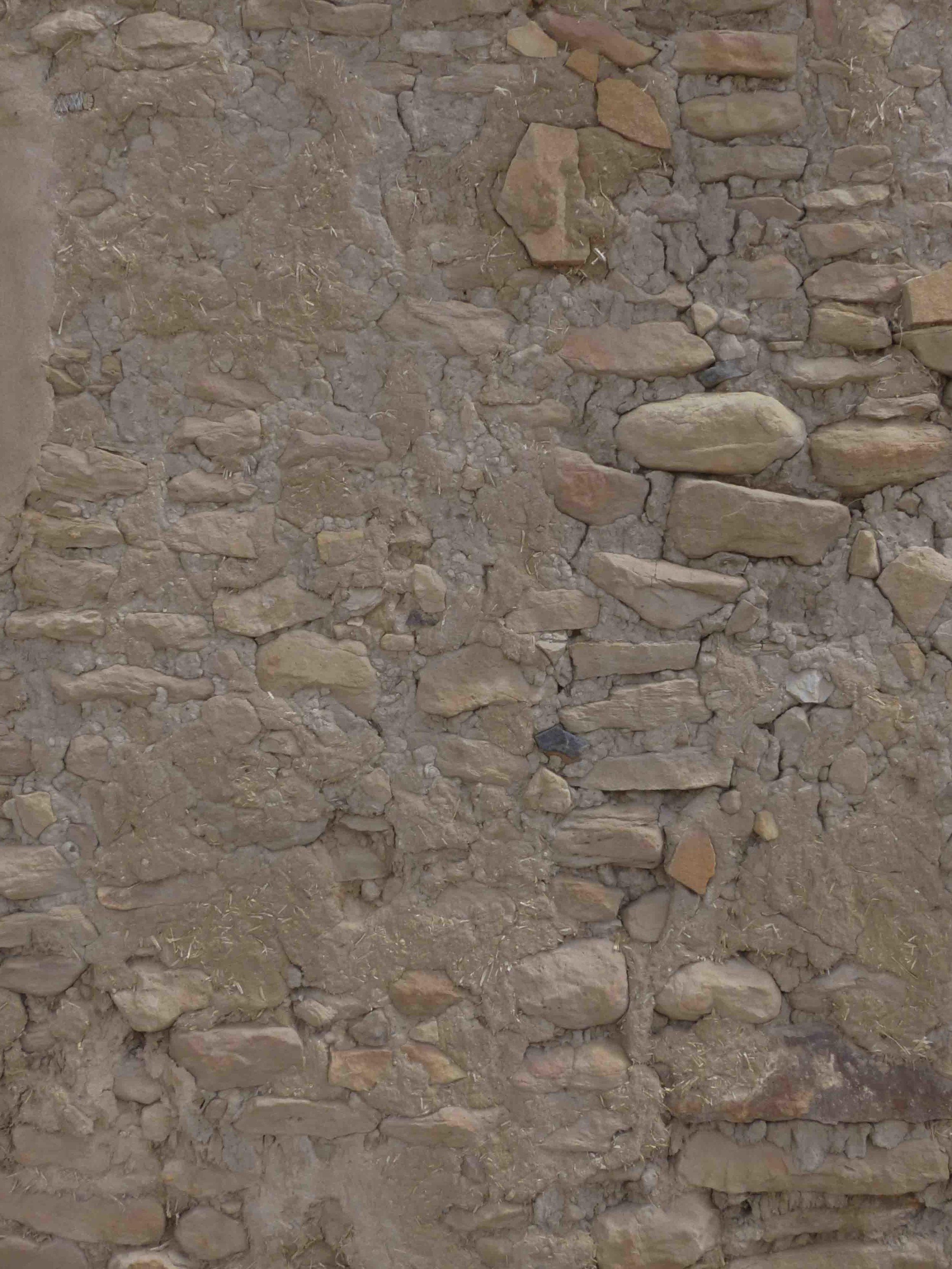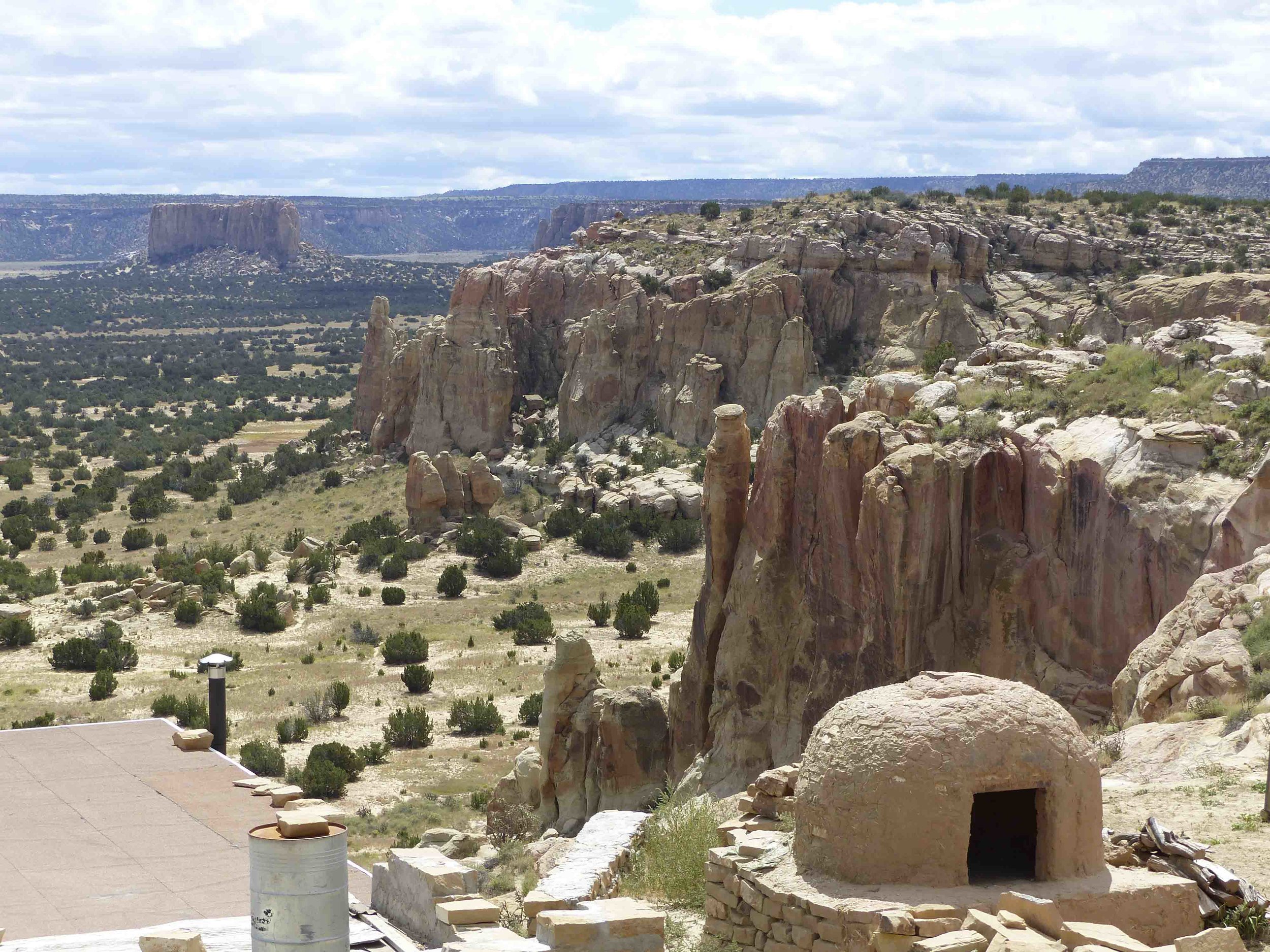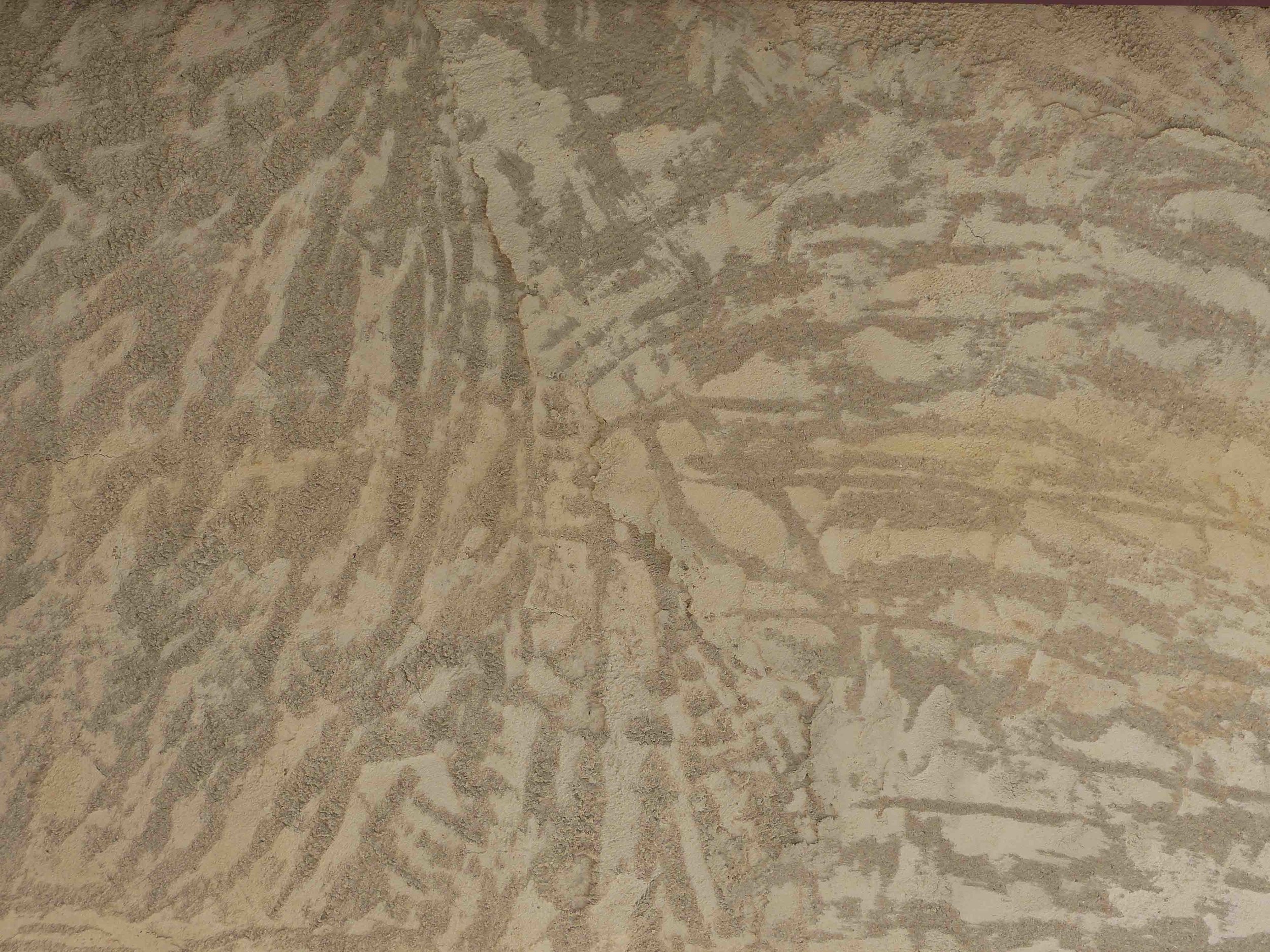Traces of Time - At Acoma Pueblo
My travels through New Mexico only scratched the surface of this amazing state, and I’m going to gallop through the majority of the places we spent time in as I want to focus on the Acoma Pueblo, situated in the north-west corner of the State. Acoma was at the end of our journey, which had started in Marfa, Texas, home to ‘Chinati’, the most amazing arts venue created by Donald Judd. From Marfa we drove out of Texas and headed to the Carlsbad Caverns in to the South East corner of New Mexico. Whilst the caverns were fascinating, the dusk feeding flight of who knows how many bats was fantastic; numbers range between 200,000 to 500,000, increasing to a million during migration. An amazing spectacle and a sensory one too, as the beating of wings could be felt by changes in airflow over your face and head. Some bats flew so close collision seemed inevitable but of course, their radars prevented that.
From Carlsbad we headed off to Santa Fe, a glorious town filled with great museums, shops and art galleries, not to mention Georgia O’Keefe’s home at Abiquiu a short drive away, and her previous residence at Ghost Ranch, set in stunning country. It was Georgia O’Keefe’s words on New Mexico that had made me want to visit; “as soon as I saw it, it fitted me perfectly”. But it is the landscape (such as we saw around Ghost Ranch) not the towns of New Mexico she was referring to, and the quality of light.
Looking through
And so we moved on from Santa Fe to Gallup to attend the Navajo Rug Auction at Crownpoint Elementary school. All of the rugs are hand made in wool by Navajo weavers, some of whom keep their own sheep to use wool they can call entirely their own. I bought two small rugs. Hard not to.
In Gallup itself we visited the Richardson and Perry Null Trading companies, both great places to see Native American rugs, jewellery and other artefacts. Didn’t come out of either store empty handed I’m afraid! Time in this area meant I had more time to simply enjoy the landscape. The light is extraordinary and although mainly sunny, I had the privilege of watching black thunderheads gather and move across the desert landscape, but no rain fell.
From Gallup we drove to Acoma (also known as Sky City, but I prefer Acoma), and although I’d done some research about it, the impact of this Pueblo - and the surrounding landscape - bowled me over. We left the main highway to follow the road to the Pueblo, starting high and dropping down to pause at an outcrop overlooking the valley floor. Mesa – some small, some large, some close, some far - were everywhere. These valleys, flat-topped hills and mountains are very typical, with some areas having a ‘desert’ colour spanning beige, dun, sand and brown, others tinged with green.., and a watering hole.
Looking out over Acoma, and the watering hole
I wondered how such a parched-looking and arid landscape could support a watering hole. It didn’t seem to rain here much, although winter was on its way, and perhaps sufficient rain fell to keep this small hole fed. It became the subject for my first piece of work;
‘Traces of Time: Watering Hole’, 193cm x 181cm (photography Katie Vandyck 2017)
looking over the Acoma Valley, and the watering hole (photography Katie Vandyck 2017)
The road took us to the Acoma Cultural Centre, a stunning, modern Adobe structure designed by architect Barbara Felix, working closely with the community. It contains six elements dear to the Acoma culture: stone, wood, mica, mud, corn and pottery. To find out more about the history, culture and buildings of Acoma, visit www.architectureforeverybody.com. The site explains things in great detail and far better than I ever could.
We were anxious to get up to the old Pueblo, located on top of a nearby flat-topped mesa, so decided to explore the Cultural Centre after visiting the Pueblo. Whilst you can catch a bus to avoid the climb, we walked, preferring to do things old style, slow style.., and sweaty style. A guide took us around, but I confess to being regularly distracted. Where did the wood came from? Did the cistern ever ran out (it does, so rain is prayed for). How could anything grow it the arid landscape? It does however, and corn is sacred to most First Nations cultures.
I saw many of the elements (stone, wood, mica, mud, corn and pottery) within the old pueblo, and repeated again in the modern Cultural Centre; patterns on the adobe walls, ceremonial ladders, carved or painted patterns on the wooden lintels, ravens playing in the updraft, an oven with a view, locals repairing a roof, the huge rainwater collection cistern, wood piles. I saw many of the elements (stone, wood, mica, mud, corn and pottery) within the old Pueblo, and repeated again in the modern Cultural Centre. Some of my thoughts and feelings ultimately led to six tall, slender pieces (all approximately 89cm x 210cm, see website).
Ceremonial Ladder
Carved Lintel
Before the five ‘tall and slenders’ I made ‘Adobe, Lintel & Ladder’, encompassing the mud of the adobe walls, the carved lintels and ceremonial ladders at the Cultural Centre.
‘Adobe, Lintel & Ladder’, 212cm x 198cm (photography J Kevin Fitzsimons)
Everything I’ve made (so far) in this body of work uses raw earth pigments bound in acrylic and water, with most having elements of hand stitch to convey the detail.
‘Adobe, Lintel & Ladder’, detail (photography J Kevin Fitzsimons)
‘Adobe, Lintel & Ladder’, detail (photography J Kevin Fitzsimons)
Next came ‘Rain on the Mesa’ followed by ‘170° West; The Place that always Was’, a diptych showing an aerial view of the roads coming into and through the valley floor, with a depiction of the Pueblo village itself. A detail is shown below.
Four other works came out of the Pueblo and/or the Cultural Centre; ‘Fence’, ‘Hide’, ‘Adobe’ and ‘Watering Hole II’, culminating in a total of thirteen pieces. ‘Watering Hole’ and four of the five slender works are currently touring the USA through the Mid-America Arts Alliance (www.eusa.org) as part of the ‘Material Pulses: Seven Viewpoints’ exhibition, curated by Nancy Crow. They’ll be back with me in 2023. I miss them.
There is no doubt that New Mexico, and specifically the Acoma Pueblo offered me a great deal to work with. I’m often asked why I called the series ‘Traces of Time’, but time – or evidence of time - was all around me; the flat-topped mesas, eroded rocks, the weathered valley floor, buildings and timbers, sacred ceremony and ritual, ancient culture, worn and well-trodden steps and – of course - the Pueblo itself. I left it the old way; down through the crevasses of the mesa, treading ancient steps carved from the rock itself, and worn by many feet.
I honour the Acoma people for maintaining this site, maintaining and living their culture and sharing it with me.
The muted beautiful colours
Next, we’ll go somewhere colder - appropriate fro December - and see how an earlier body of work translated the snow-covered landscape on Northern Norway, up inside the Arctic Circle














